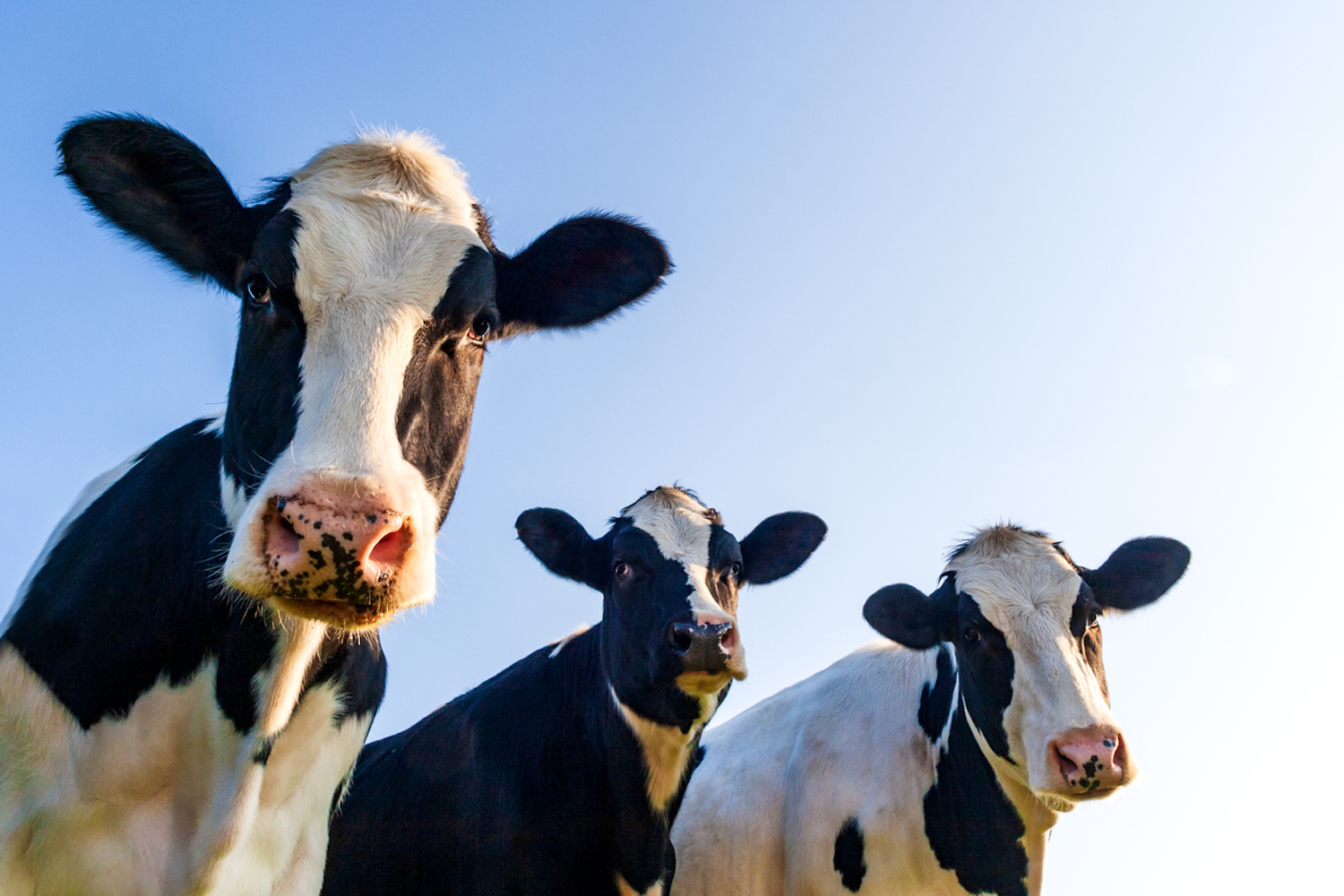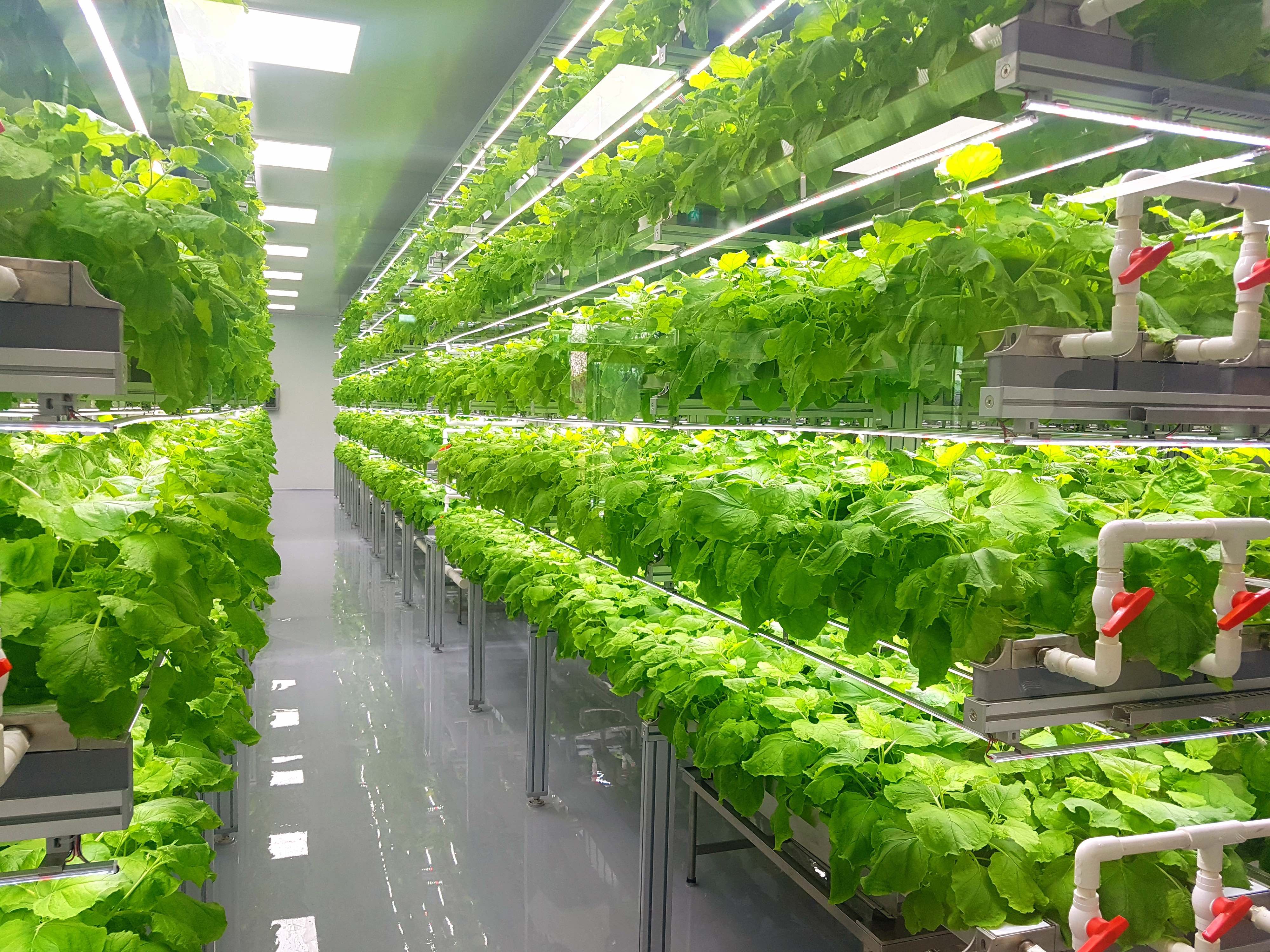Where's the beef? Shorten the supply chain with plant-based meat

“The global meat substitute market was valued at US$4.1 billion in 2017, and is expected to reach US$8.1 billion by 2026, registering a CAGR* of 7.8% from 2019 to 2026..." - Allied Market Research
The burgeoning plant-based meat industry has yet to implement a permanent supply chain model. This creates an opportunity to avoid the pitfalls revealed in the traditional meat supply line during COVID-19.
The pandemic has exposed what Chase Purdy from Quartz called the, "Achilles heel of the modern US meat system". Purdy's article claims that just a single meat processing plant in Sioux Falls, South Dakota is responsible for 5% of US pork production. In April 2020 that plant and a few adjacent others shut down due to coronavirus, resulting in a thirty-six percent decrease in the slaughter of cows and thirty-seven percent decrease in pigs, as reported by the US Department of Agriculture data.
In addition, the traditional meat supply chain is crowded with middlemen and connecting links making it vulnerable when one of them falters or changes.
CEO Ethan Brown, says BeyondMeat is taking something that people love and making it better, in addition to using 93% less water than in animal-based meat production.
A recent Nielsen report revealed (via The Wall Street Journal) that faux meat sales surged 279 percent the week ending March 14th. This is not surprising given the trouble COVID-19 created for meat manufacturers and associated logistics firms. The fact that you can now find The Impossible Burger and Beyond Meat products at popular fast food chains like Burger King, Carl's Jr., and Del Taco in addition to grocery stores, means that consumers are seeking change.

“Whatever supply chain is built, it will look a lot different than conventional meat operations," Rom Kshuk, the CEO of Future Meat Technologies to Quartz.
Moving meat-alternatives
While there is health appeal to eating synthetic and veggie-meats, another unexpected by-product could be hardier, shorter supply chains.
Companies like Impossible Foods for example, can produce about one million pounds of meat alternatives in about 68,000 square feet, using far less water and human labor. Cell-based meats require only a cell production line, liquid nutrients and a bioreactor for growth. Each facility can be operated by about five workers who monitor production and cleanliness.
Compare that to the eighty percent of the world's agricultural land occupied by livestock (as reported by ourworldindata.org) in addition to the many 6,000 - 100,000 square foot meat processing facilities that produce only a fraction of the world's food. Not to mention, the numerous connecting points and people involved in getting animal products from farm to table: animal handlers, feedlot operators, packing plants, processing and distribution managers.
It looks like meat alternative brands stand a fighting chance at improving the system.

Read more - Vertical farming: the only way is up
Impossible Foods recently partnered with OSI Group to secure additional food production facilities (where ingredients are shipped) in order to make their products closer to end consumers. “Because of that flexibility, it may be possible for many [similar] smaller plants to exist near high-demand cities making supply chains shorter, Rom Kshuk, CEO of Future Meat Technologies told Quartz."
While shorter, meat substitute supply chains could still fall prey to cost inducing scenarios like lack of visibility, weather, misplaced/damaged shipments or fleet management issues making HERE Supply Chain Optimization tools an important investment.
Traceability, transparency and, therefore, control of supply chains can seem like an impossible task. But with shorter supply lines, automated tools, and collaboration between small and medium-sized businesses meat alternative brands can help ensure faster, consistent and more cost-efficient distribution of food.
Where is your supply chain is going? Find out with HERE Supply Chain Optimization.
Have your say
Sign up for our newsletter
Why sign up:
- Latest offers and discounts
- Tailored content delivered weekly
- Exclusive events
- One click to unsubscribe